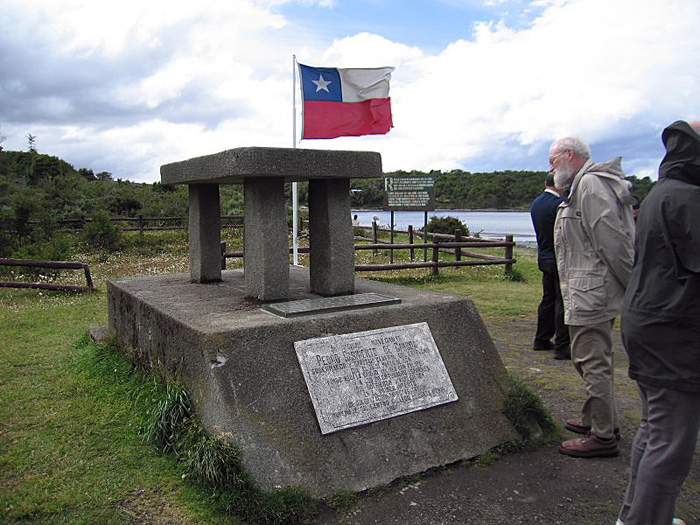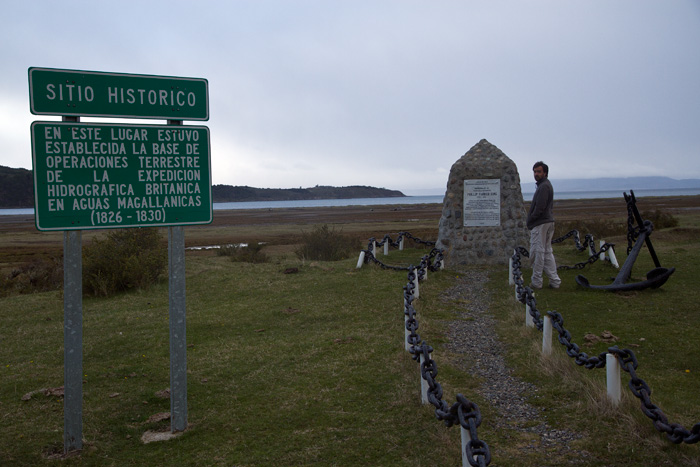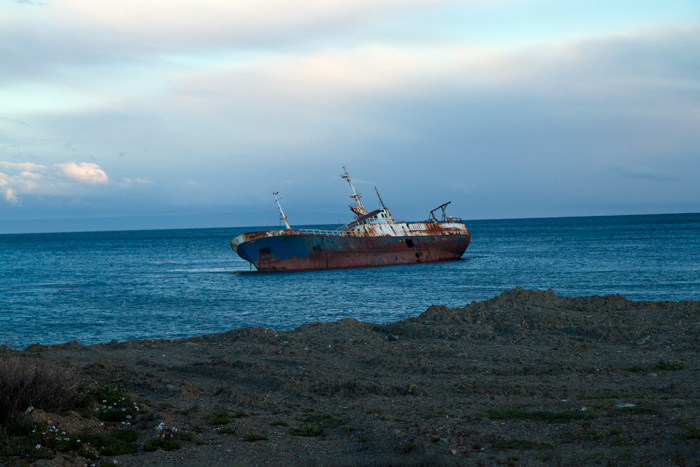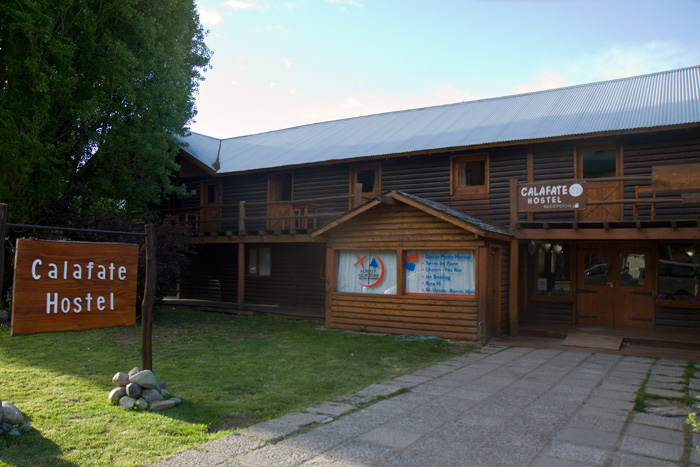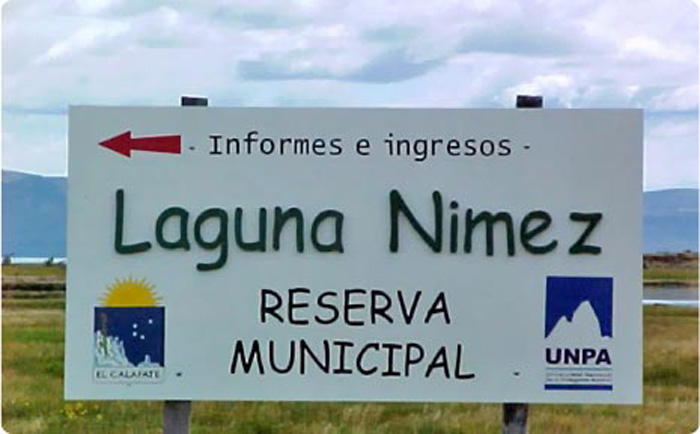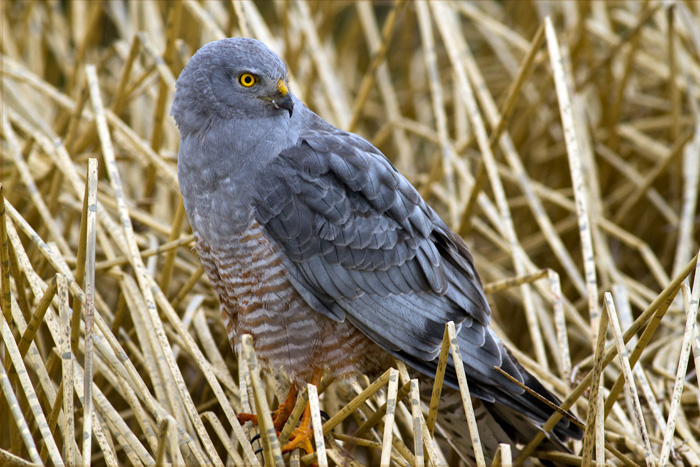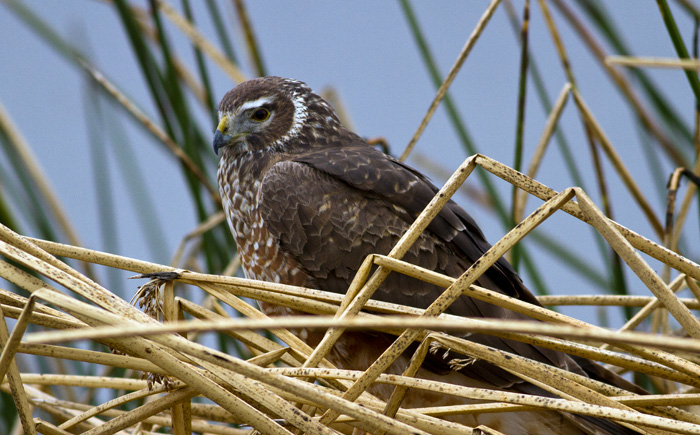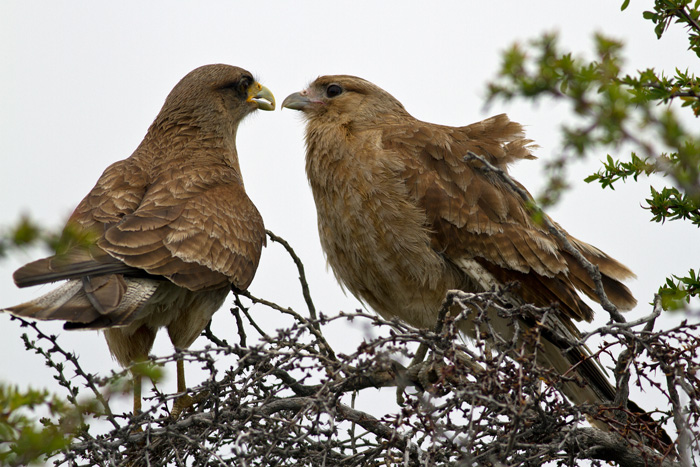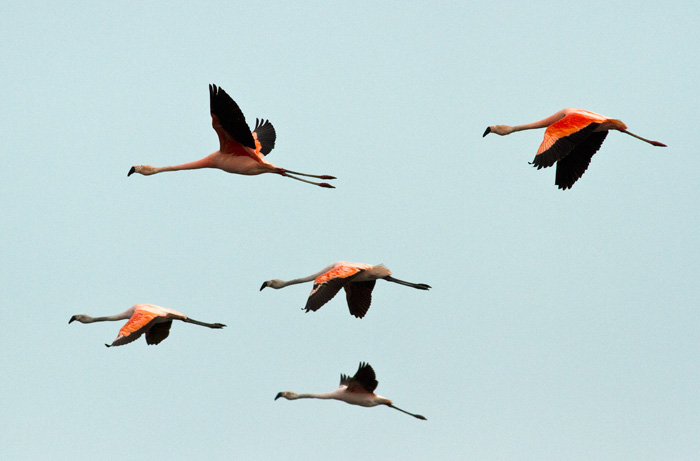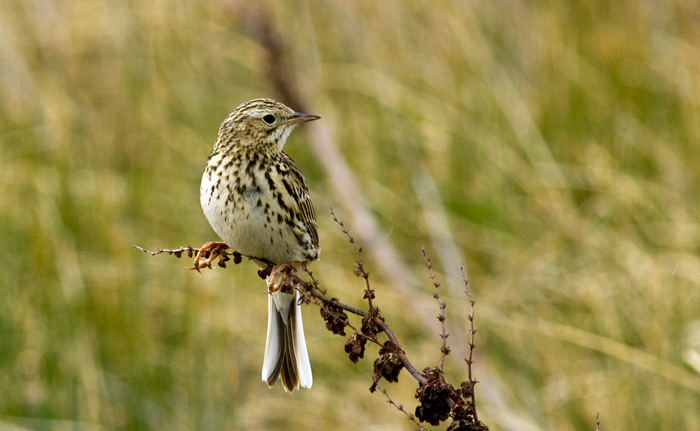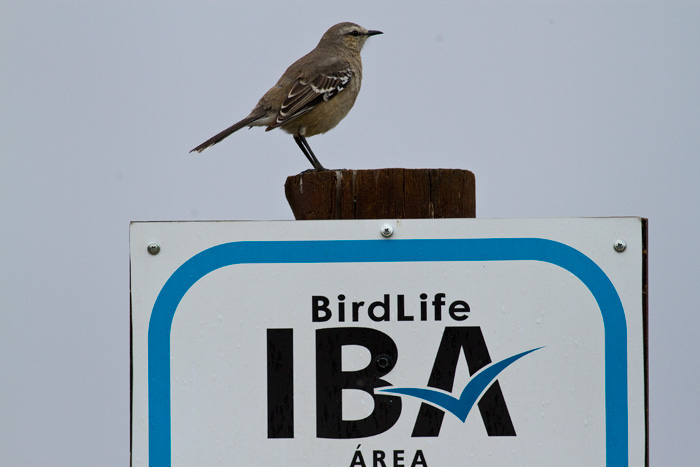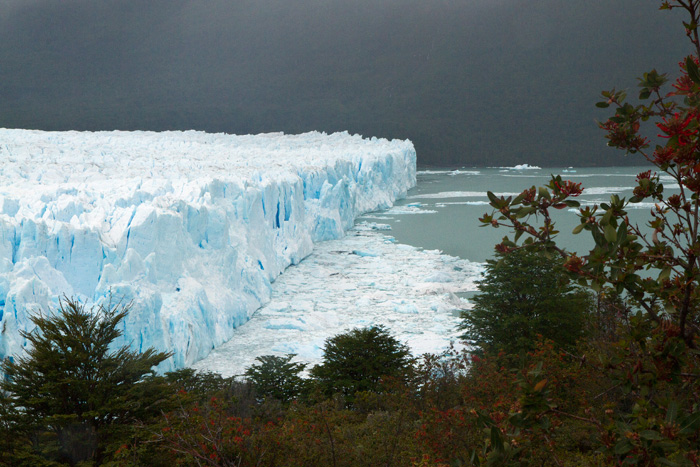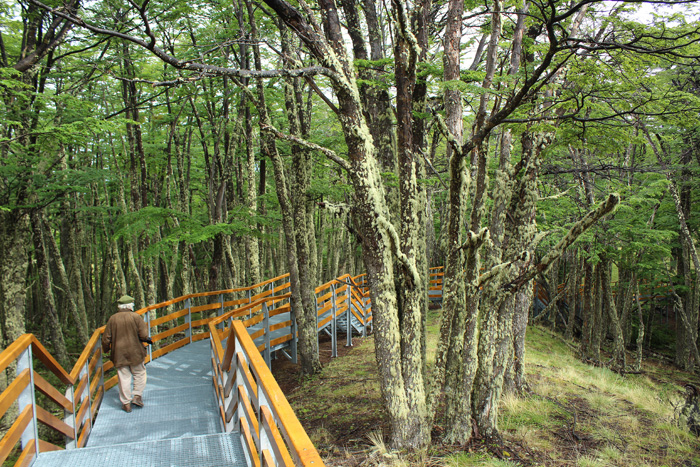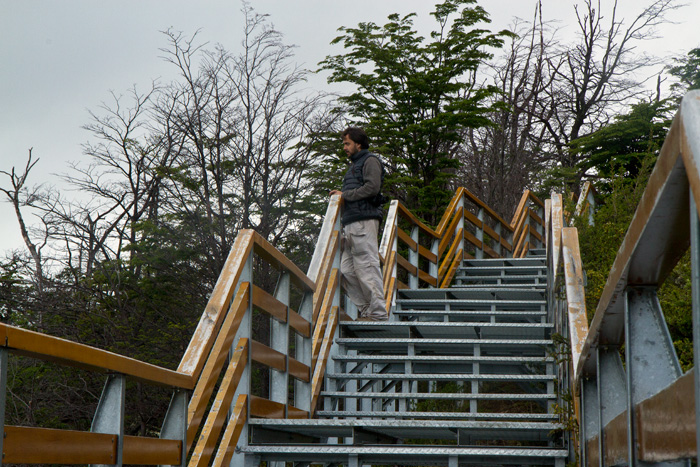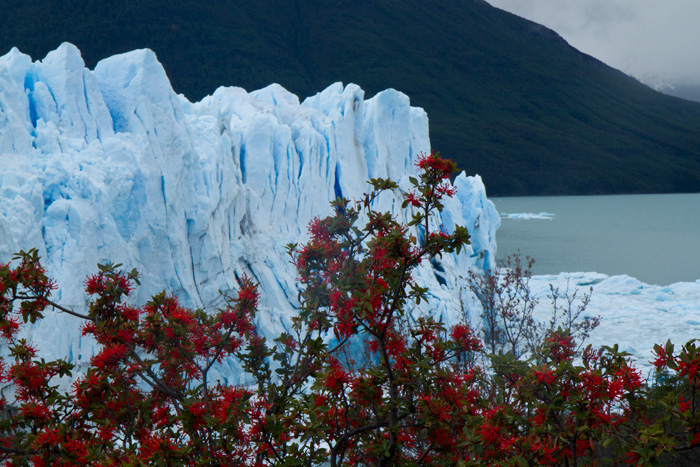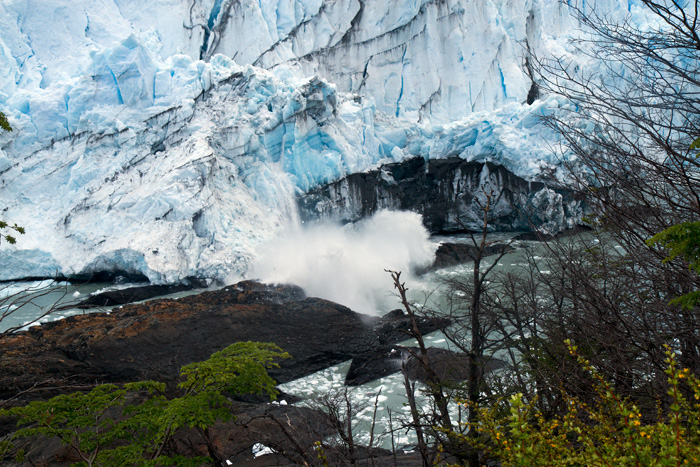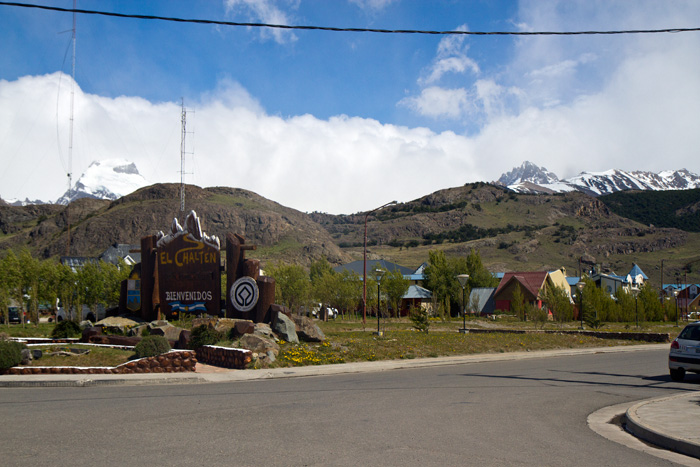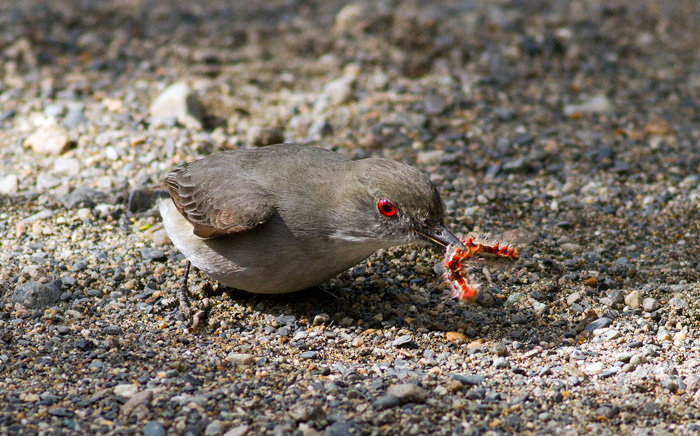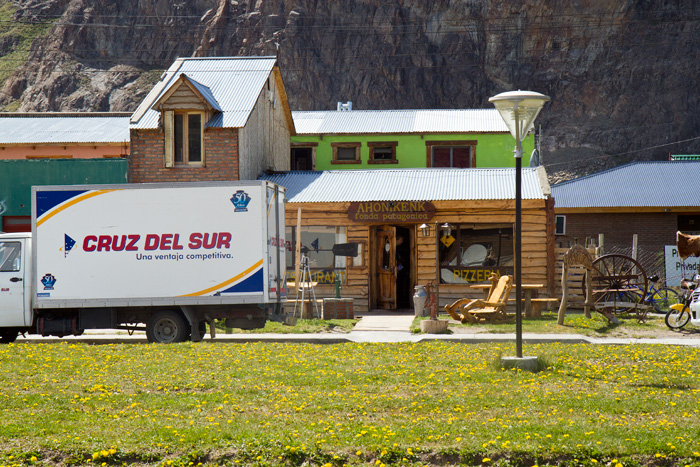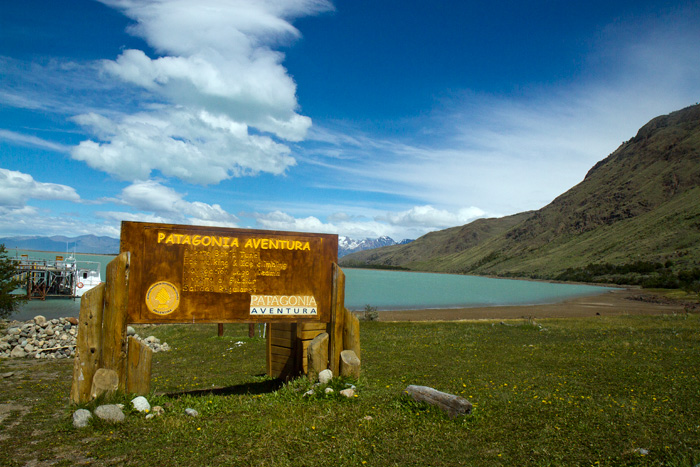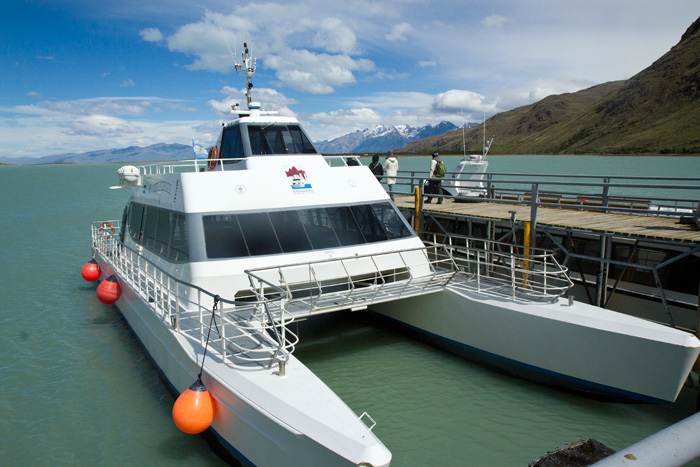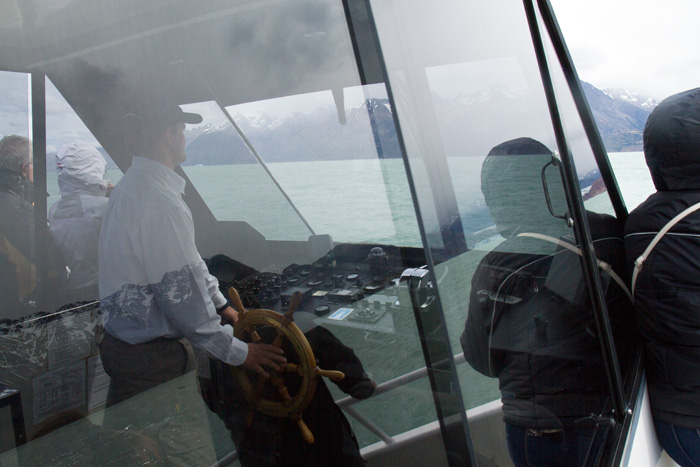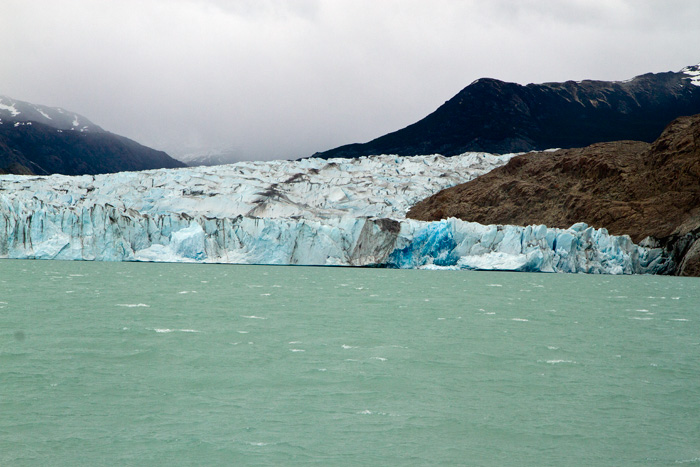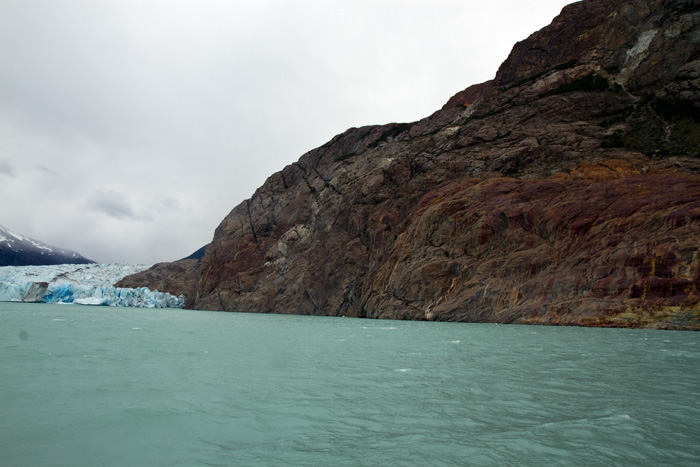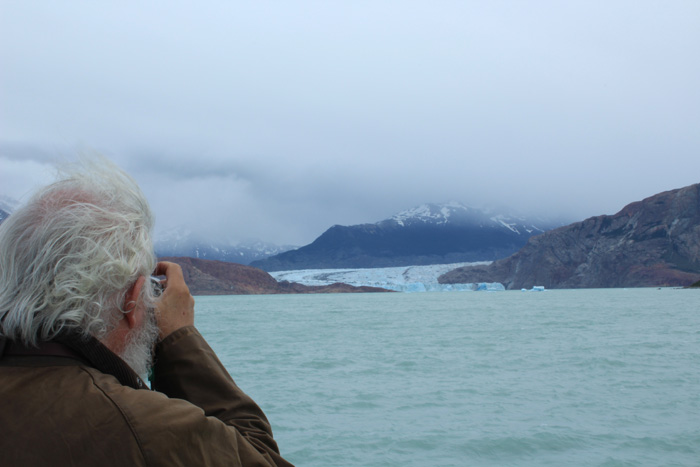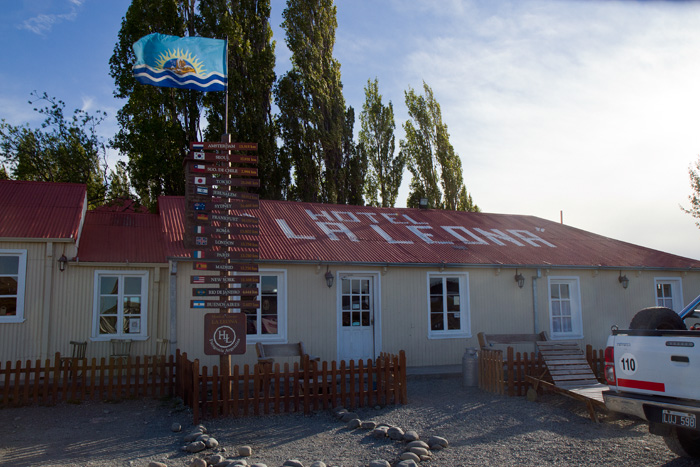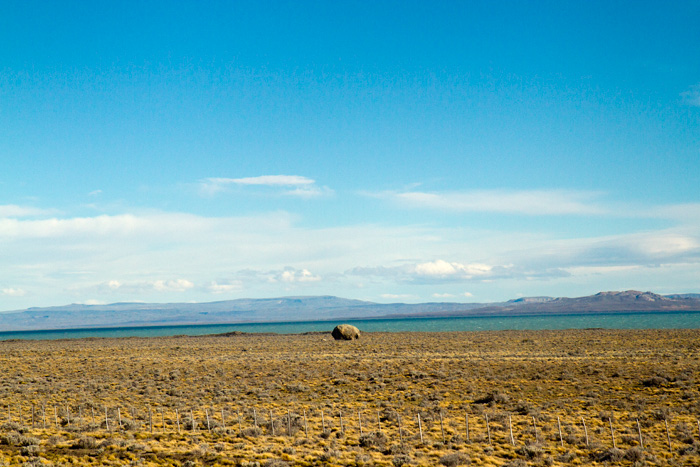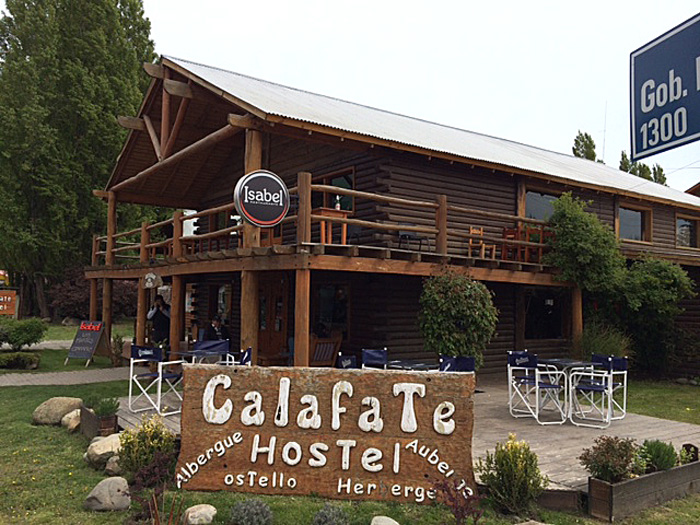Saturday 11 November, 2016 : Puerto Varas – Castro (Chiloe) – Puerto Varas

One of Chiloe’s many famous wooden churches
We left Puerto Varas after a healthy breakfast, bound for Castro on the island of Chiloe. Our aims were vague but we hoped to see some of the UNESCO world heritage churches (see here) and perhaps if we were lucky a Pelican or two. Humble ambitions, but as it happened both adequately fulfilled.

We took the ferry from mainland Chile to the island of Chiloe
The ferry was drive on-drive off, and one of the five in service took us immediately across to Chiloe island. The currents were strong and the boat took an elliptical route to combat them but it was a smooth ride. We saw several dolphins sporting in the water, but they disappeared as soon as Martin went to get his camera.

We saw houses on stilts as we approached the town of Castro
Leaving the ferry we hit the Route 5 once again and drove down to the central town of Castro. This has been victim to earthquakes and tsunamis in the past, and the houses are mostly one story buildings, some near the water built on stilts.

Cathedral in Castro’s main Plaza
We parked up in the main plaza for lunch, and wandered around the town a little, enjoying the cathedral (tiled externally with yellow painted pieces of corrugated iron) and the countless delightful wooden buildings.

Wooden houses were to be seen everywhere
Most of the houses we saw were made of wood, an easily available local resource, and decorated with shingles cut into a variety of shapes. Many of them had beautiful gardens, with brightly coloured vegetation set against the equally colourful painted wood.

Painted wooden shingles of every shape covered external surfaces
We made our way to the market, which sold both local artesania and food, not only more kinds of fish and shellfish that one might reasonably expect to exist but also a huge range of locally grown fruit and vegetables.

Woman peeling veg for sale in Castro market

Shellfish were to be found, of every shape and size
Behind the market was a channel of water connecting to an inlet. Here we saw gulls of several species, pelicans and seals. We also saw one quarrelsome young Turkey Vulture who held his own defiantly against the gulls in the fight for scraps.
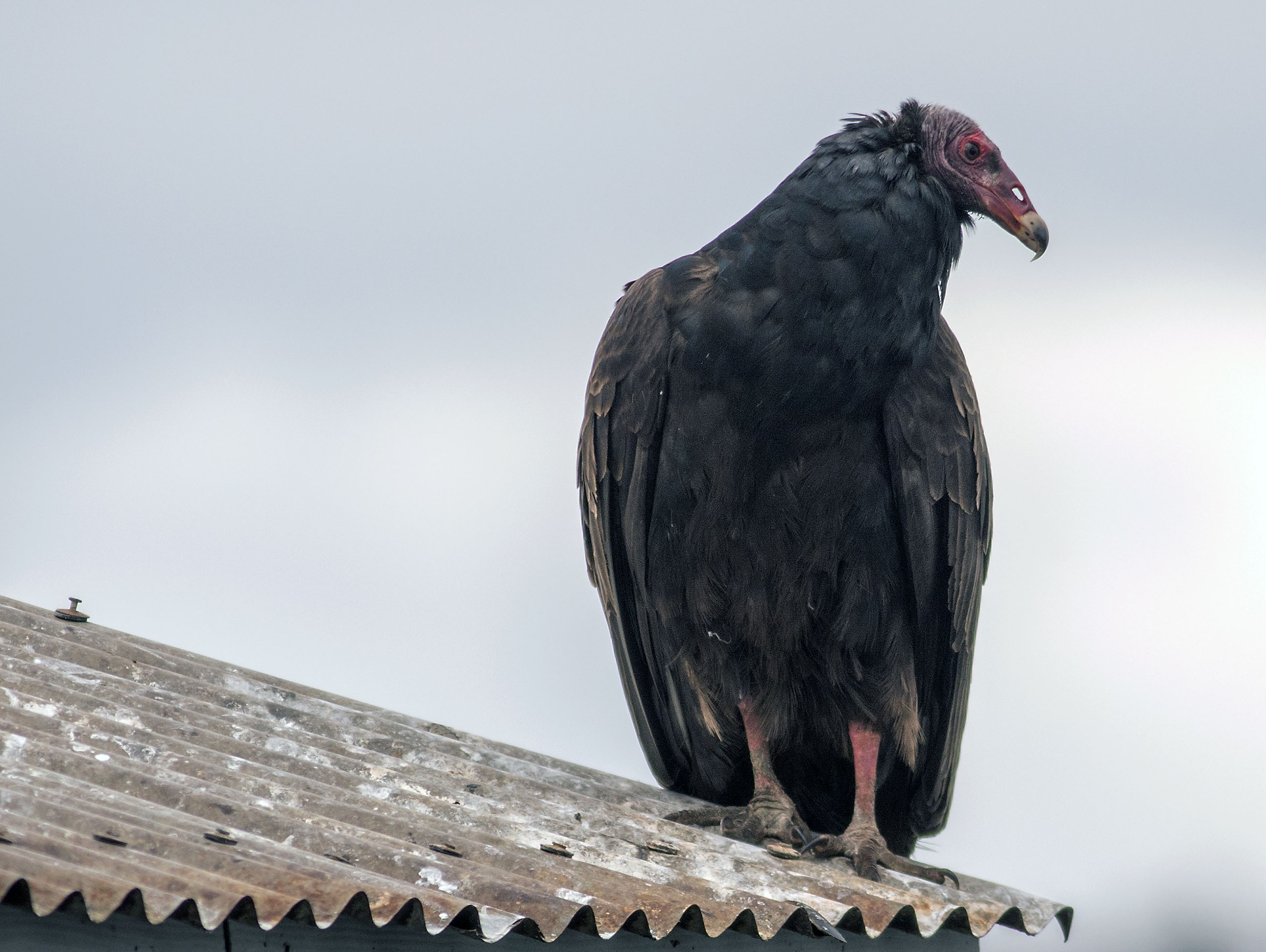
Juvenile Turkey Vulture, looking for scraps

Pelican in channel at back of Castro’s market

Four seals (and a gull) hoping for a tidbit
Chiloe had the feeling of being a long way from the rest of the world, but not cut off. We had lunch to the accompaniment of Eric Clapton, and saw evidence of modern fashion aongside the older island traditional feel. We didn’t meet any of the famous witches, but everyone was very warm and friendly.

Hippies sharing a drink at the back of the market in Castro
From Castro we drove back to the ferry by way of Dalcahue. Translating from Huillche, the name means place (hue) of boats (dalcas). It is in the centre of the circuit of wooden churches, and the unique style of these churches comes from the boatbuilding techniques their owners applied.
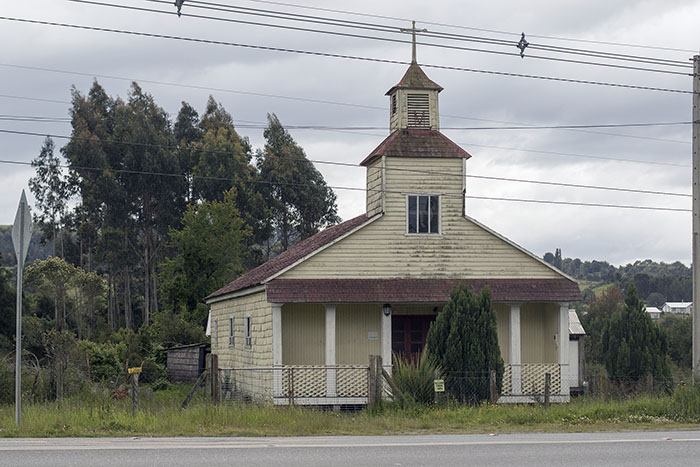
Wooden church, Dalcahue
Like Castro, Dalcahue was full of lovely wooden buildings, some looking a little makeshift but all very attractive.

Shop in Dalcahue
There were also constant street signs reminding us that we were in a Tsunami zone, and indicating escape routes in the event of storms brewing up.
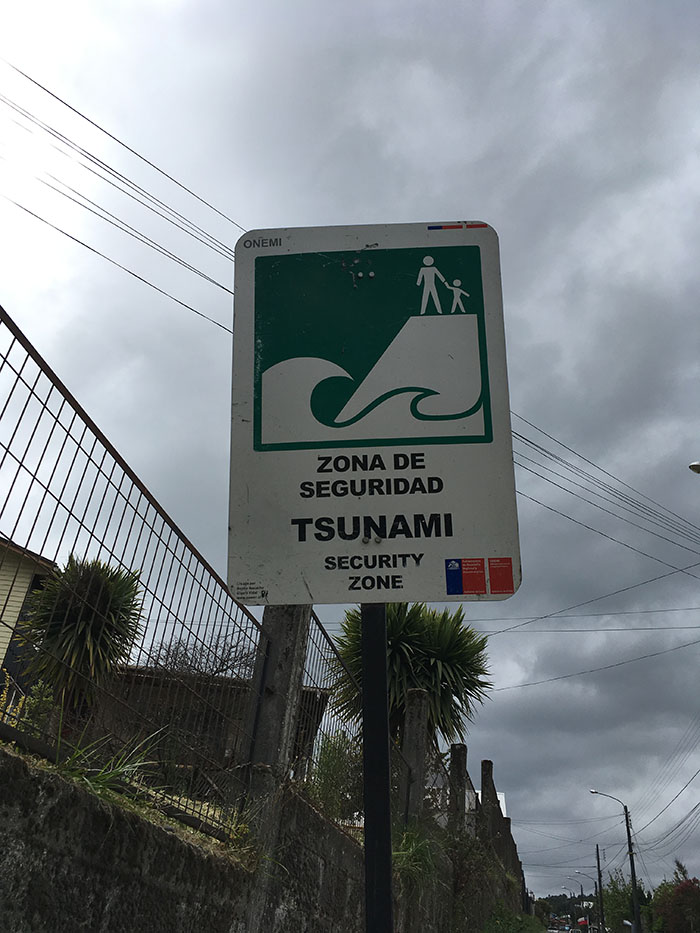
A reminder that we were in a Tsunami zone
After a great day on Chiloe it was finally time to get back to Chacao at the north of the island and get the ferry back to Pargua (on the mainland) and thence to Puerto Varas, where we finished the day with wine and pisco sours, a ceviche for Martin and a tortilla española for Caroline. To bed, exhausted but content

Last church on the way back to the ferry







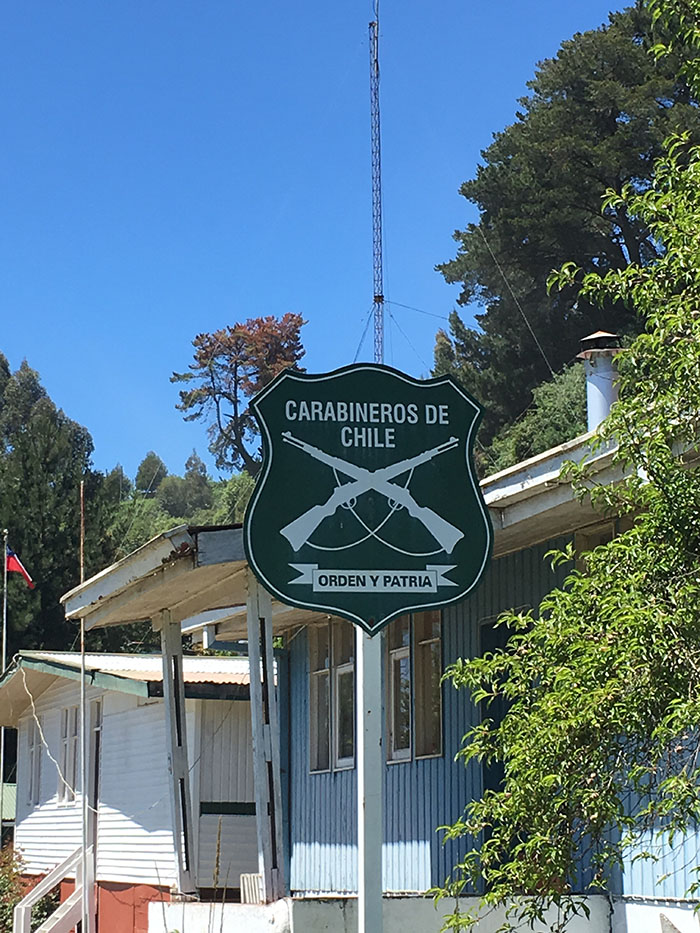
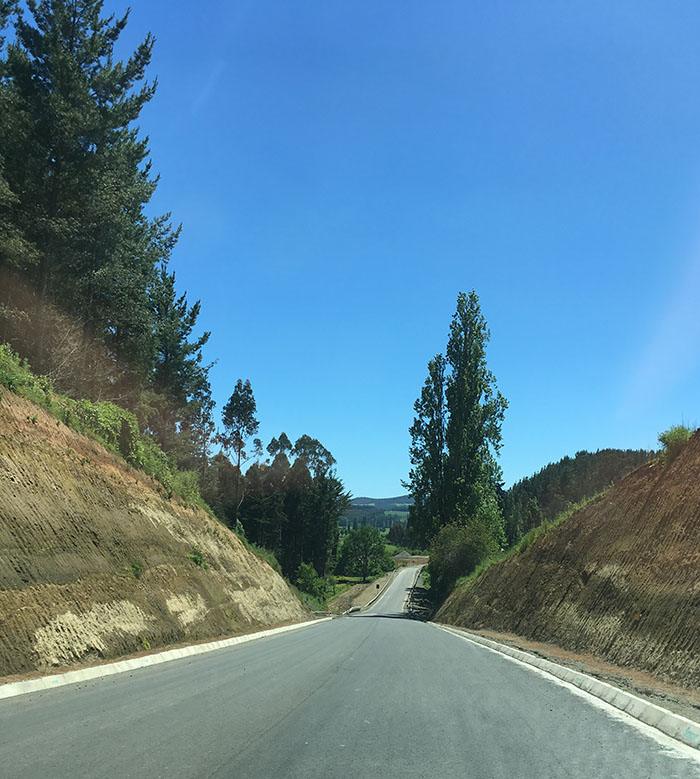

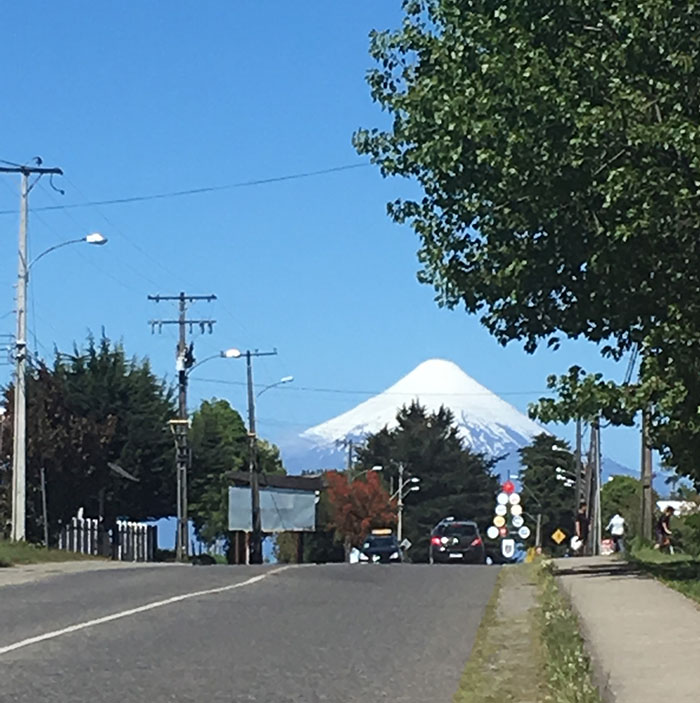



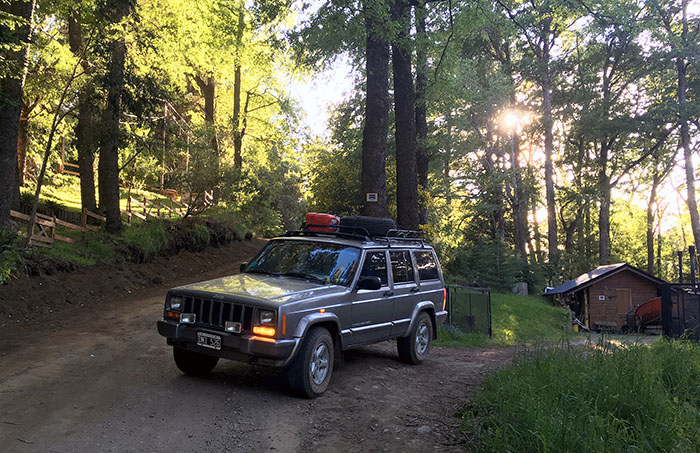
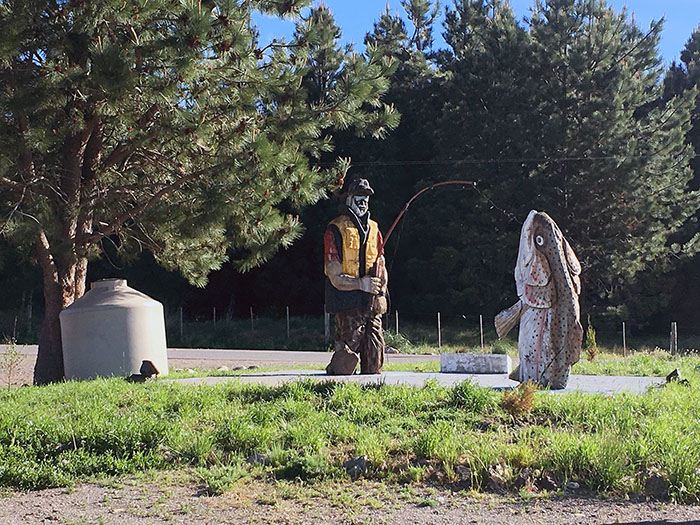
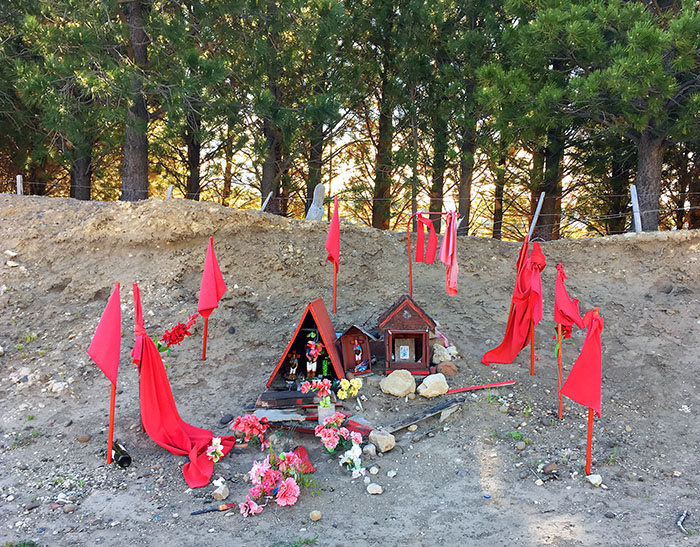
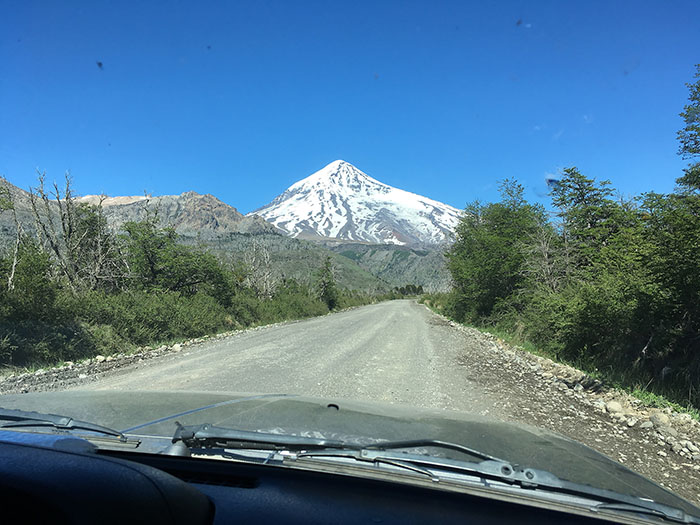
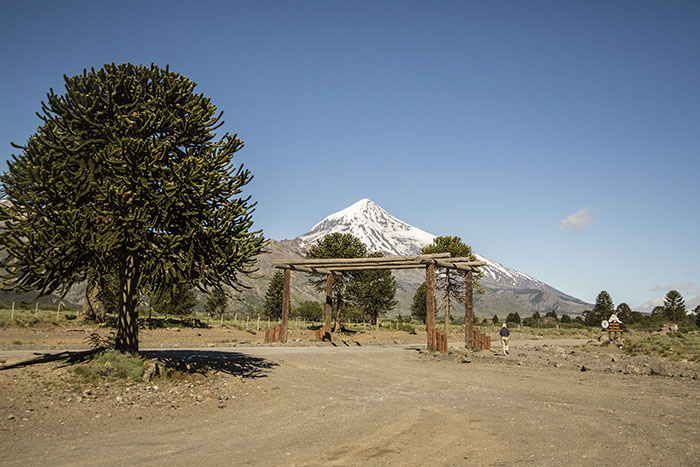
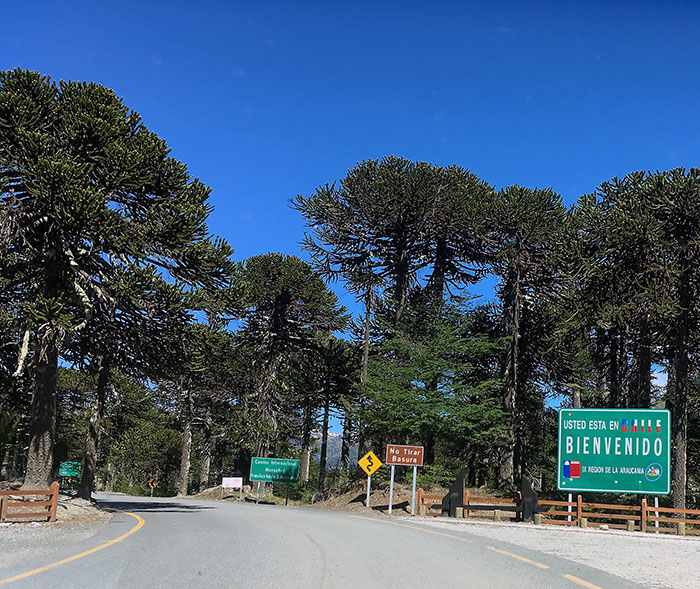
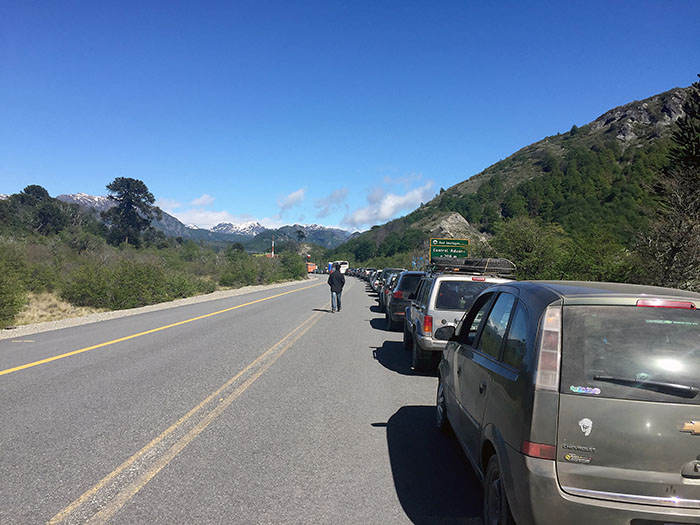
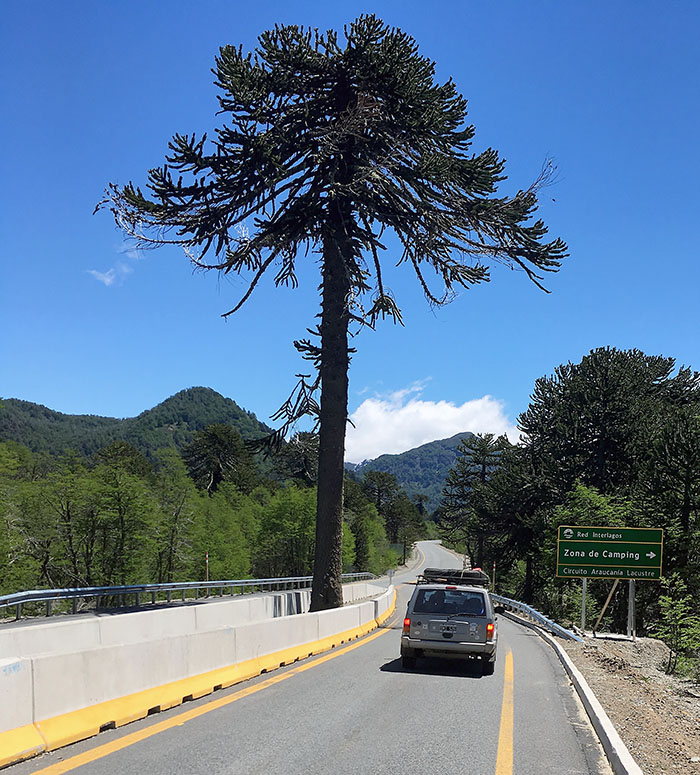
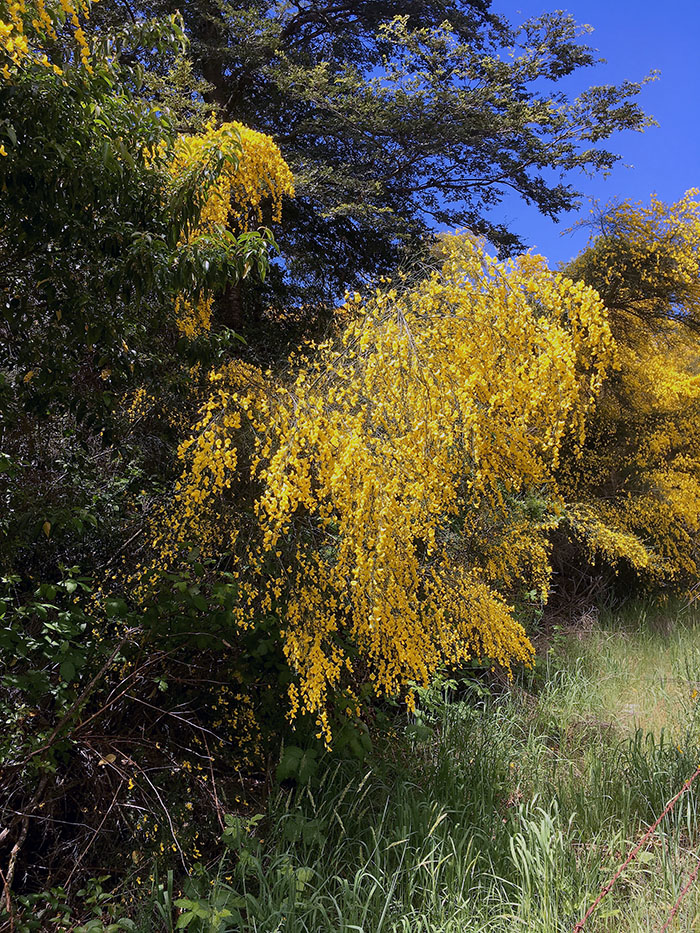
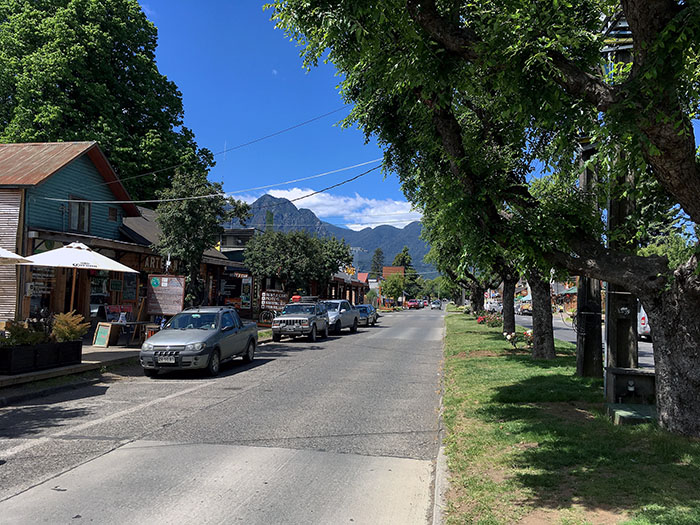
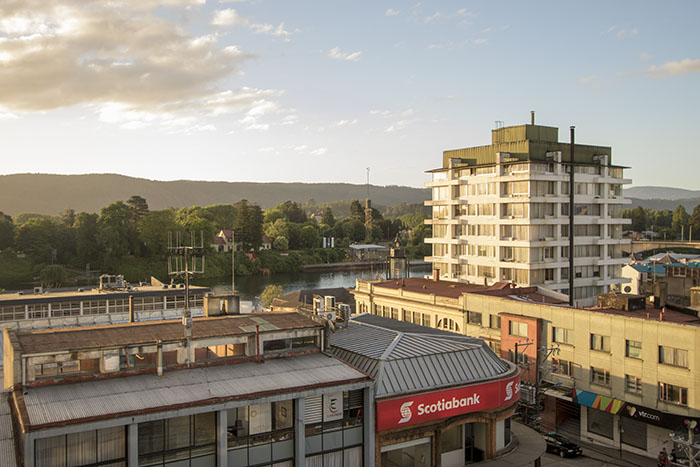
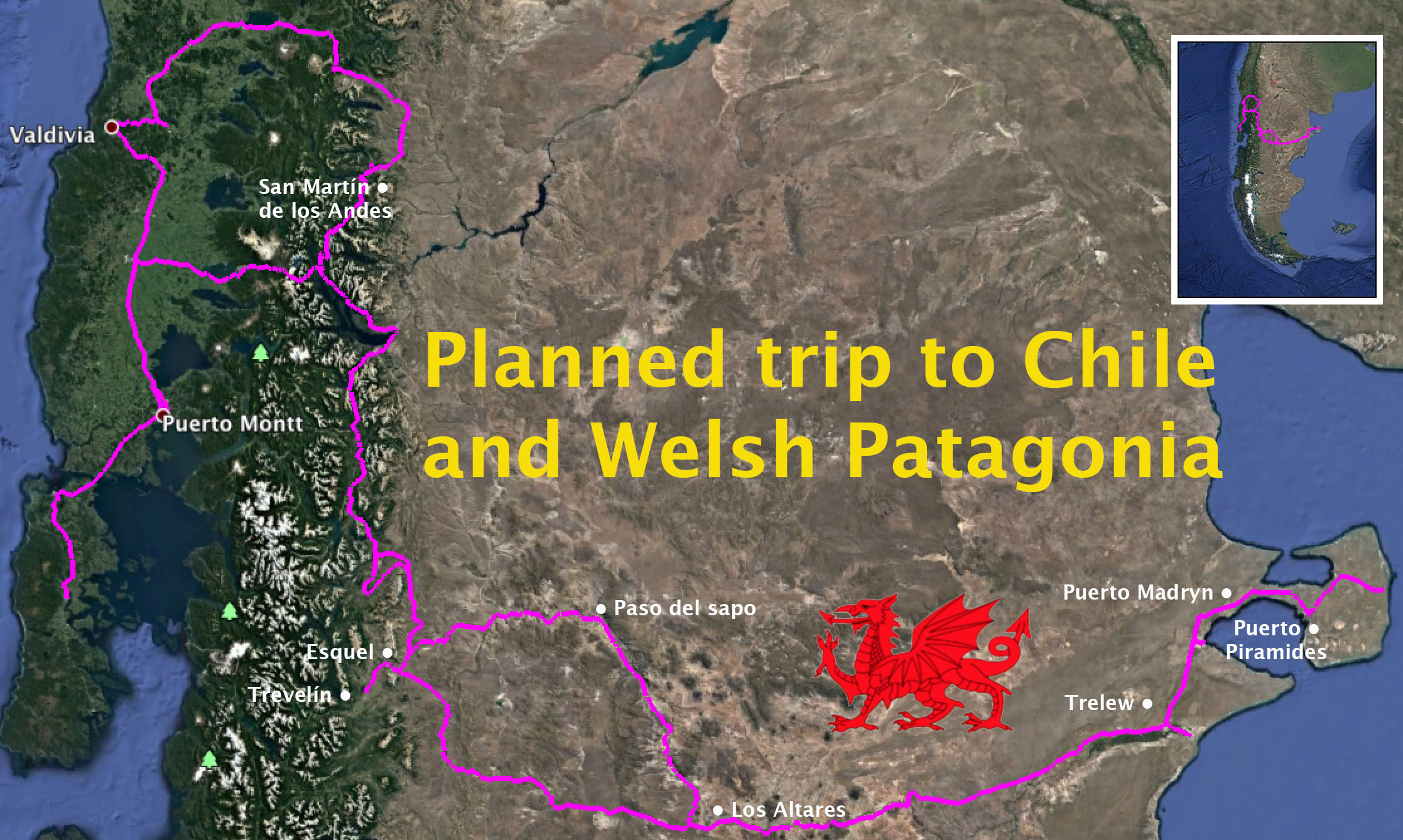
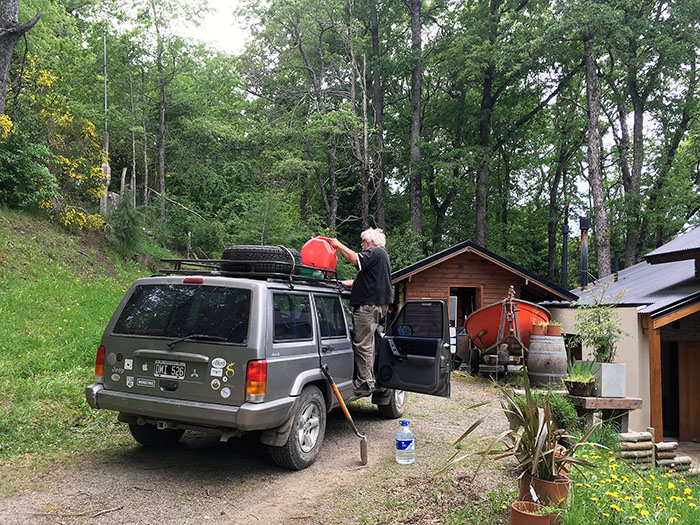
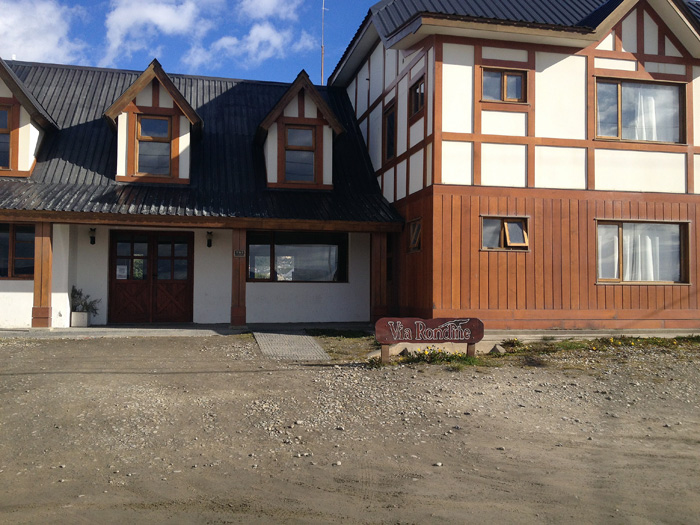
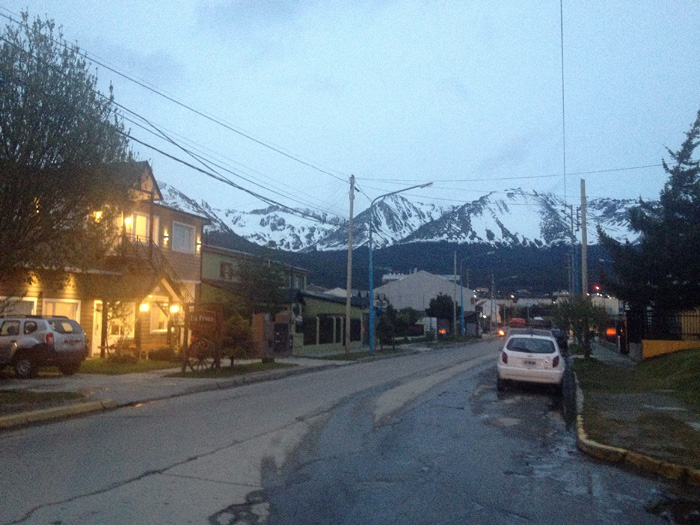
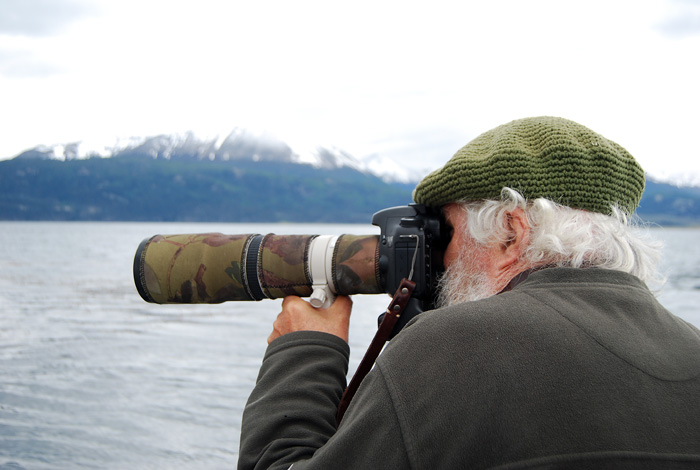
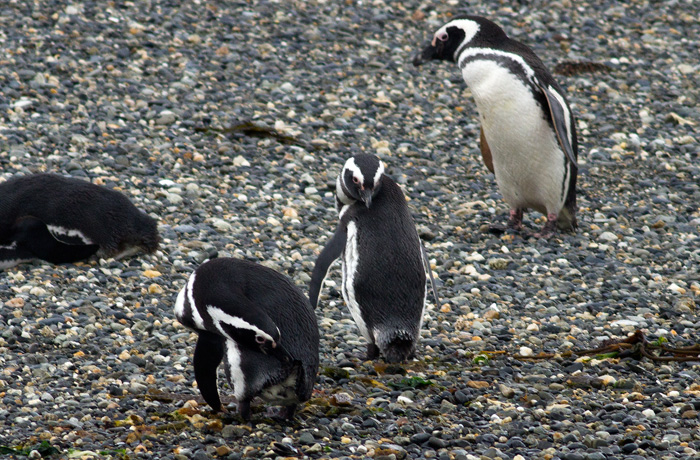
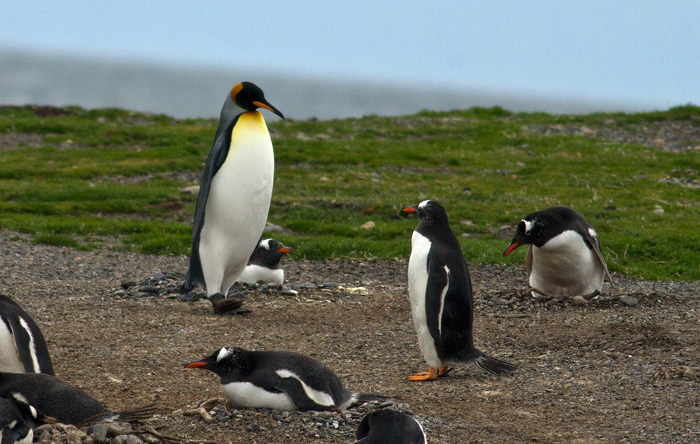
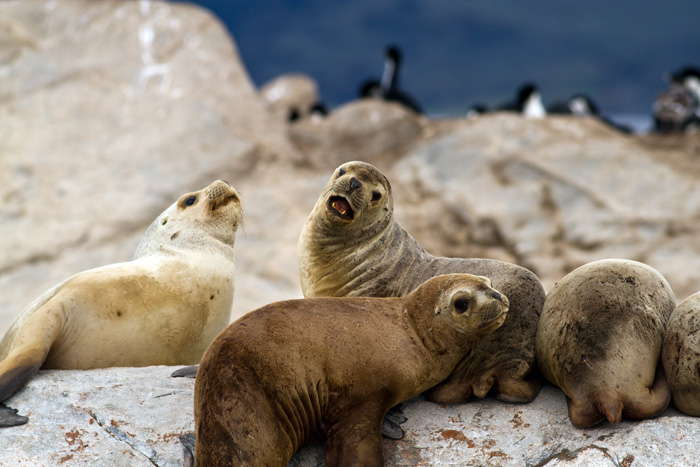
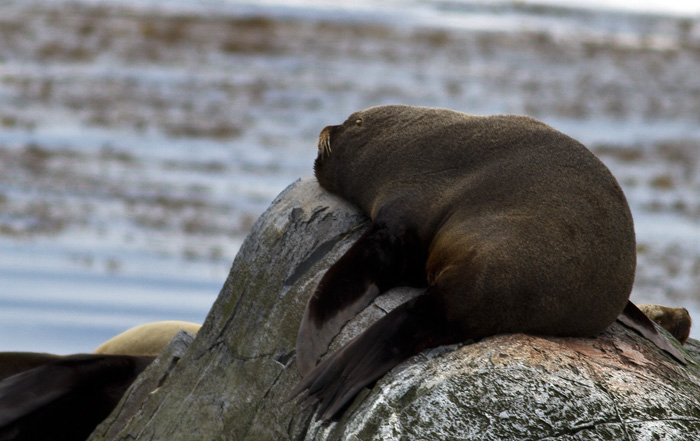
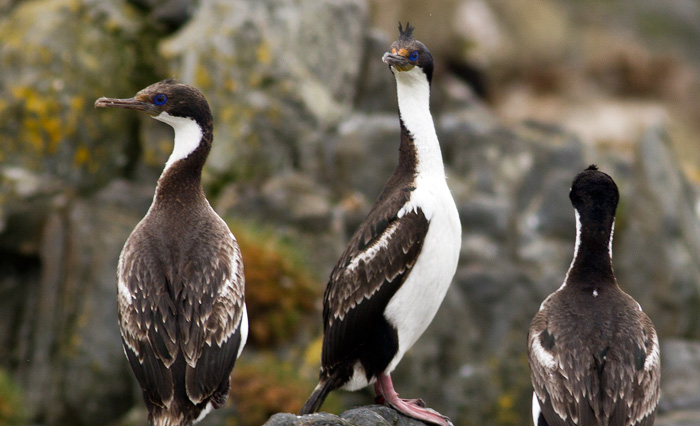
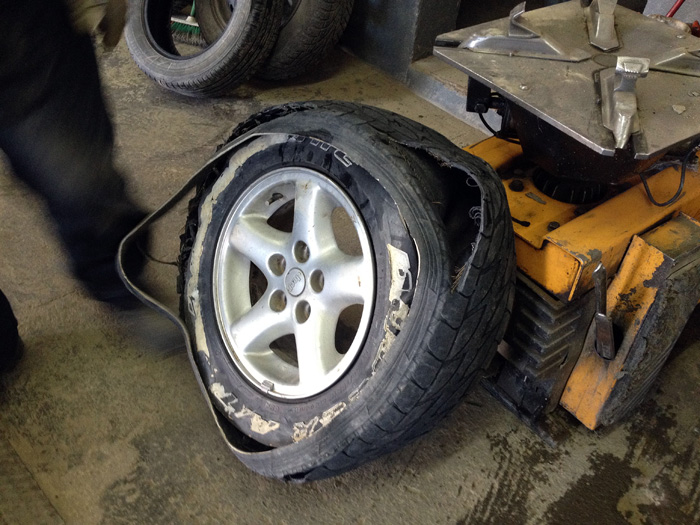
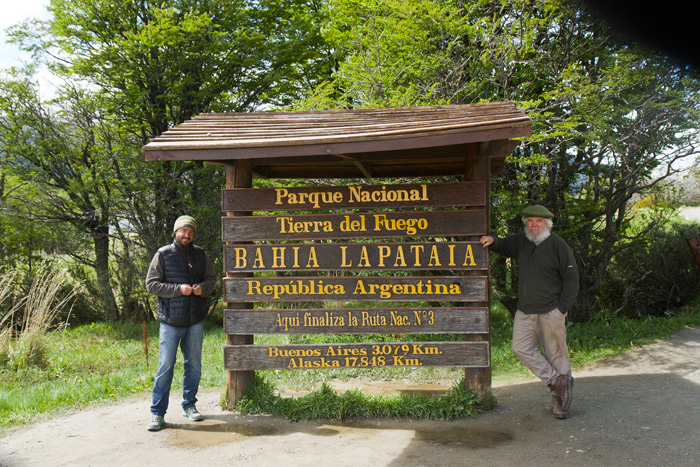
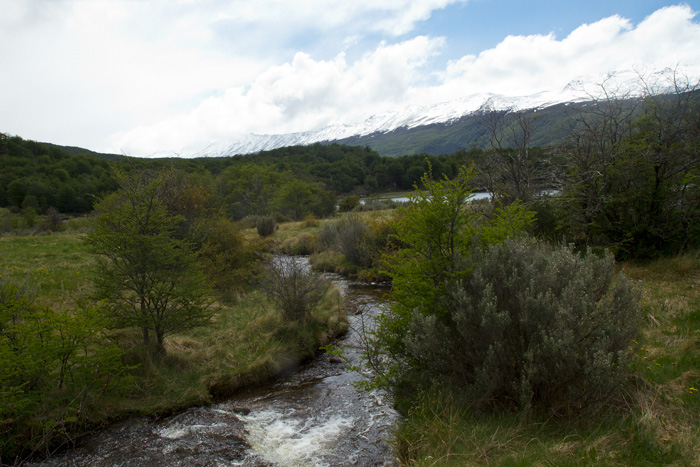
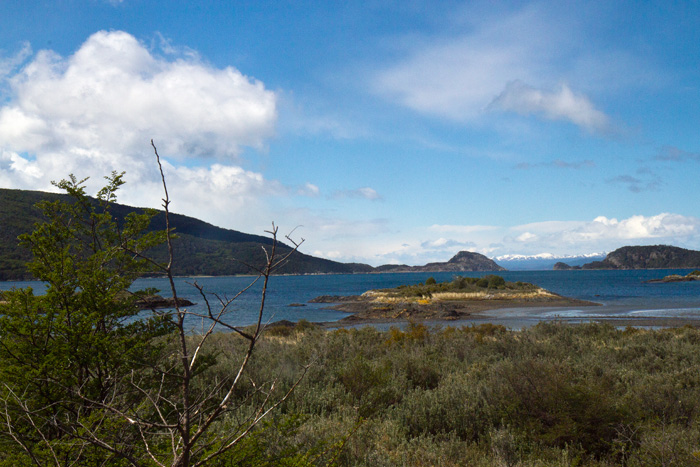
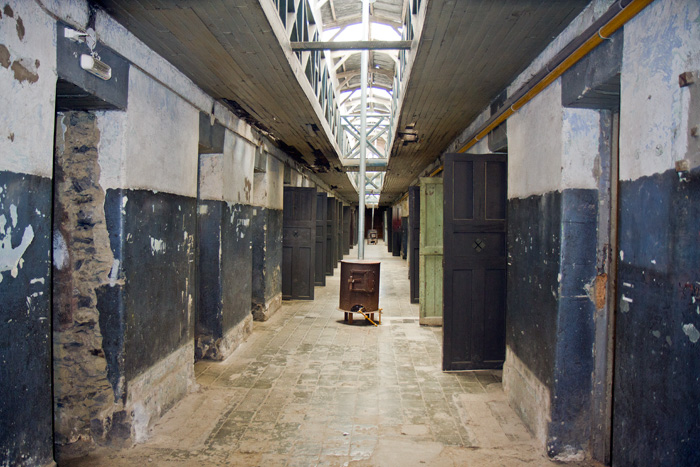
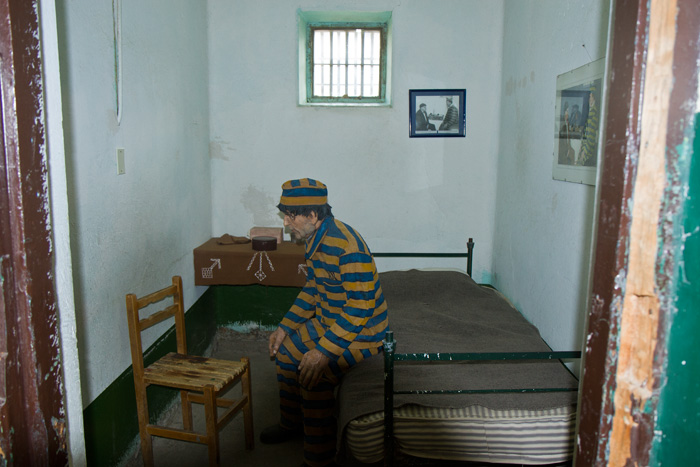
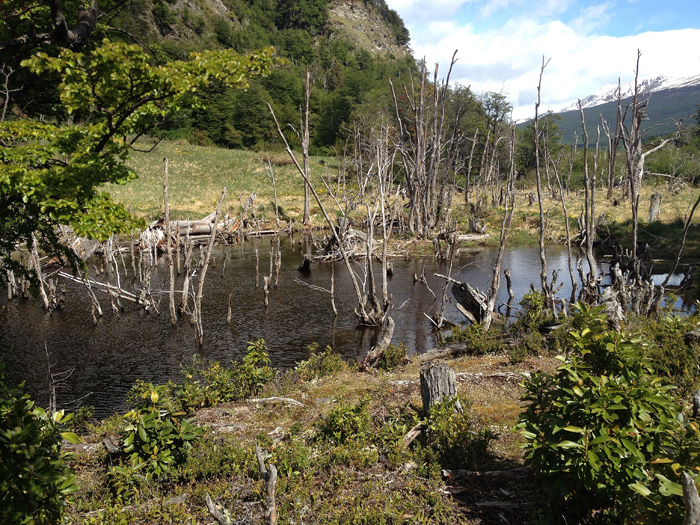
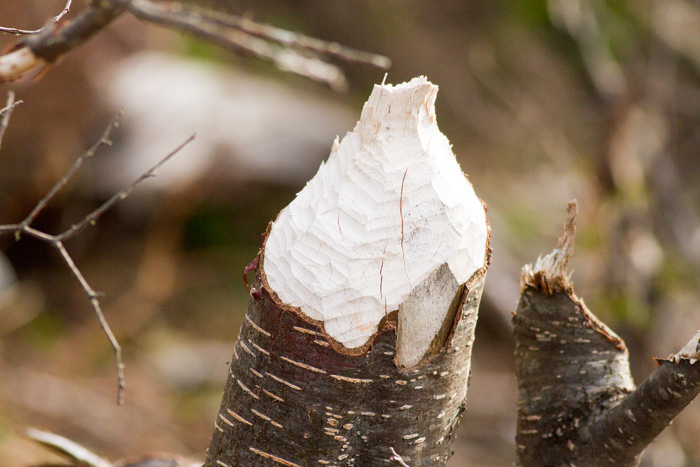
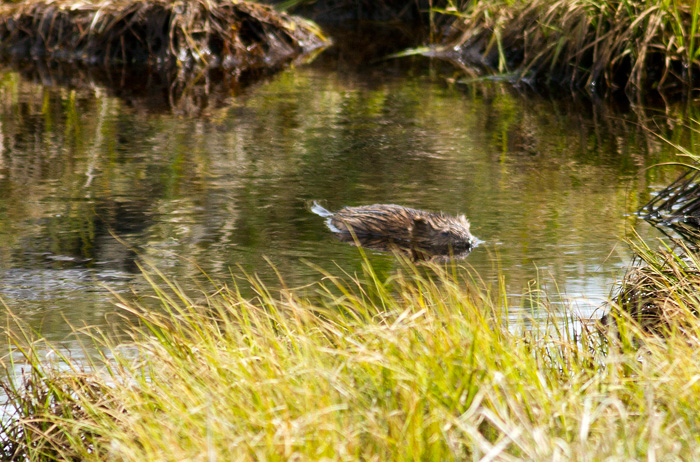
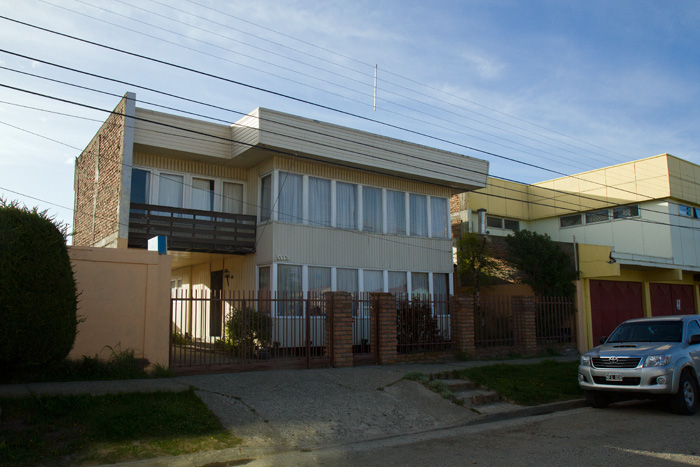
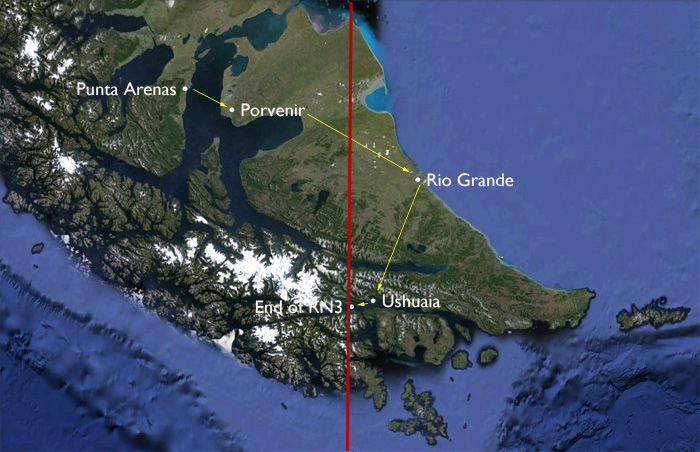
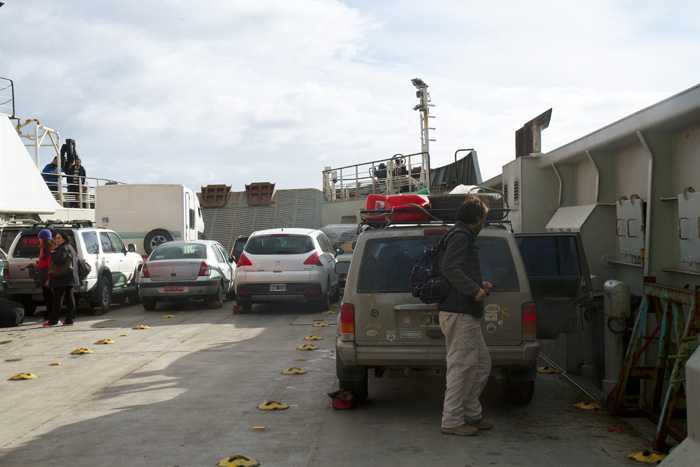
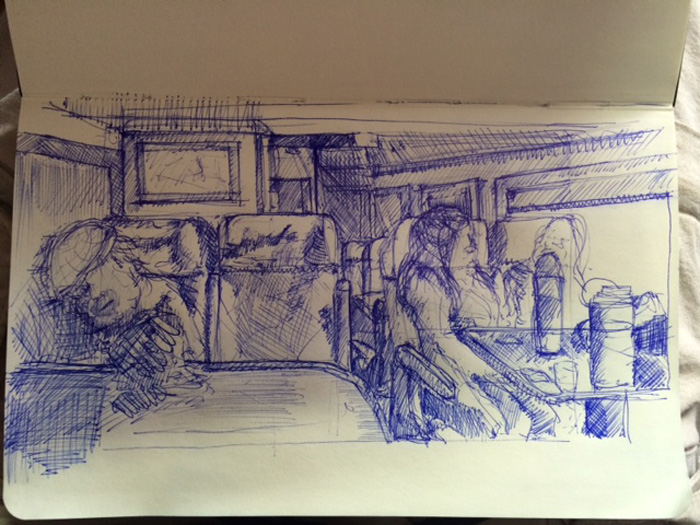

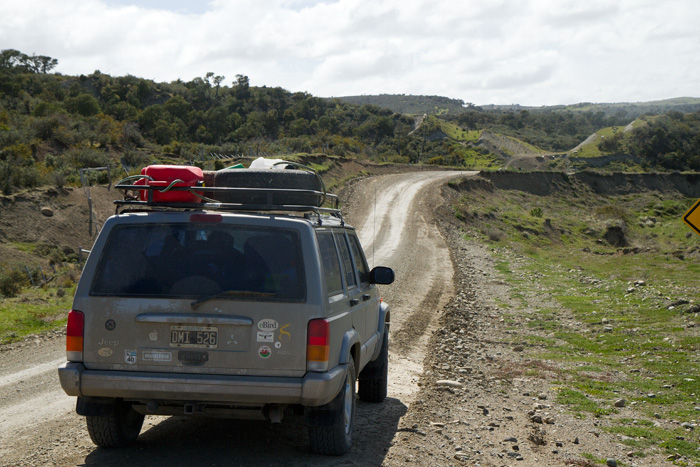
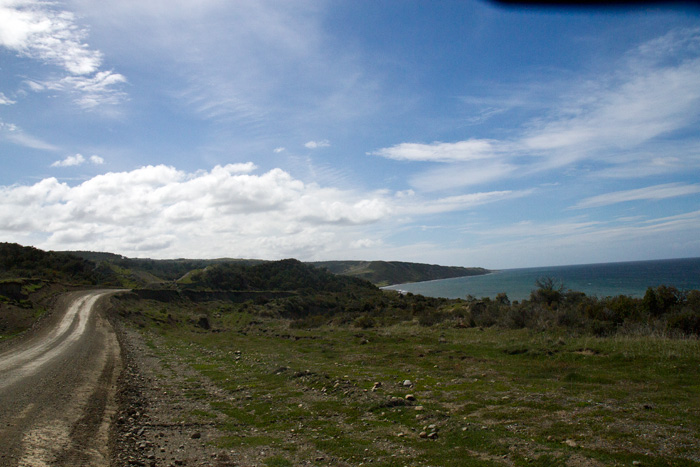
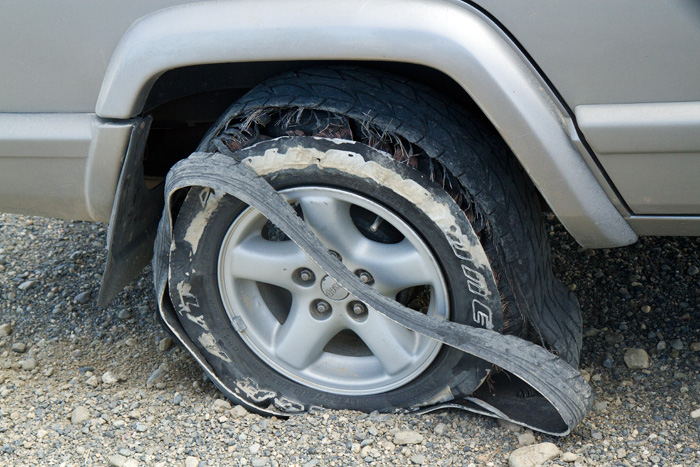
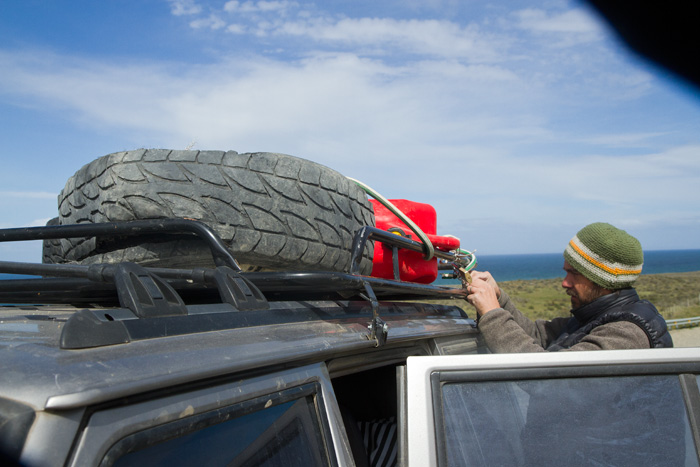
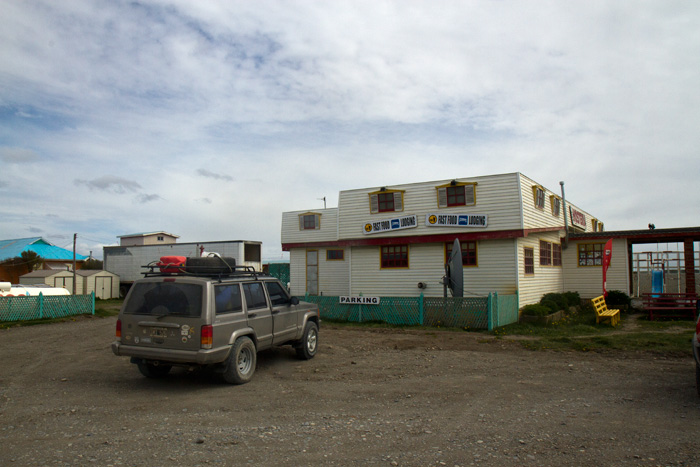
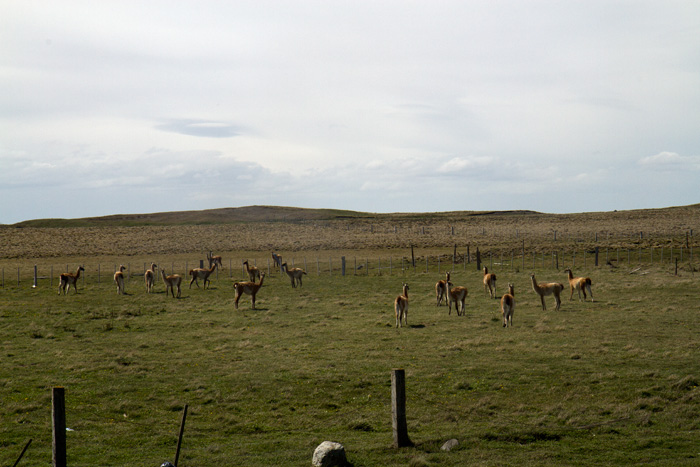
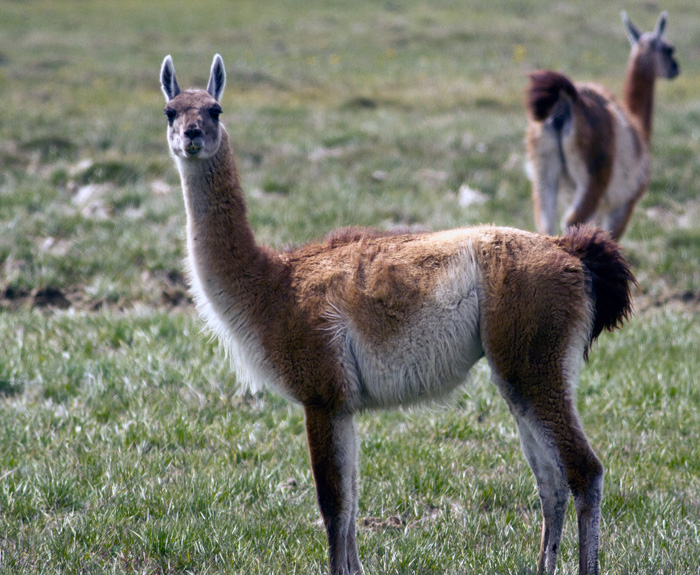
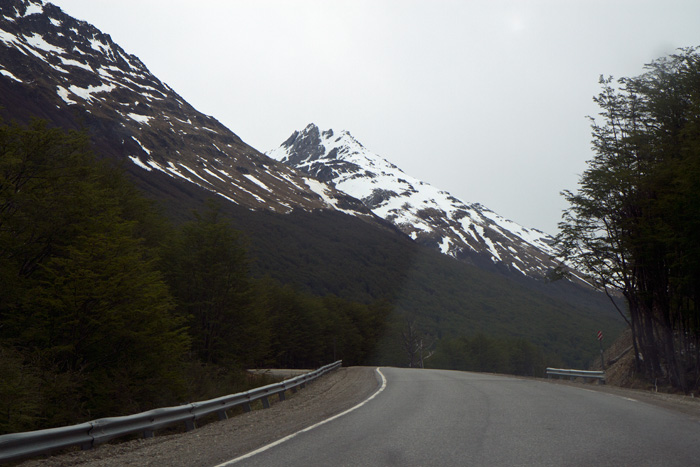

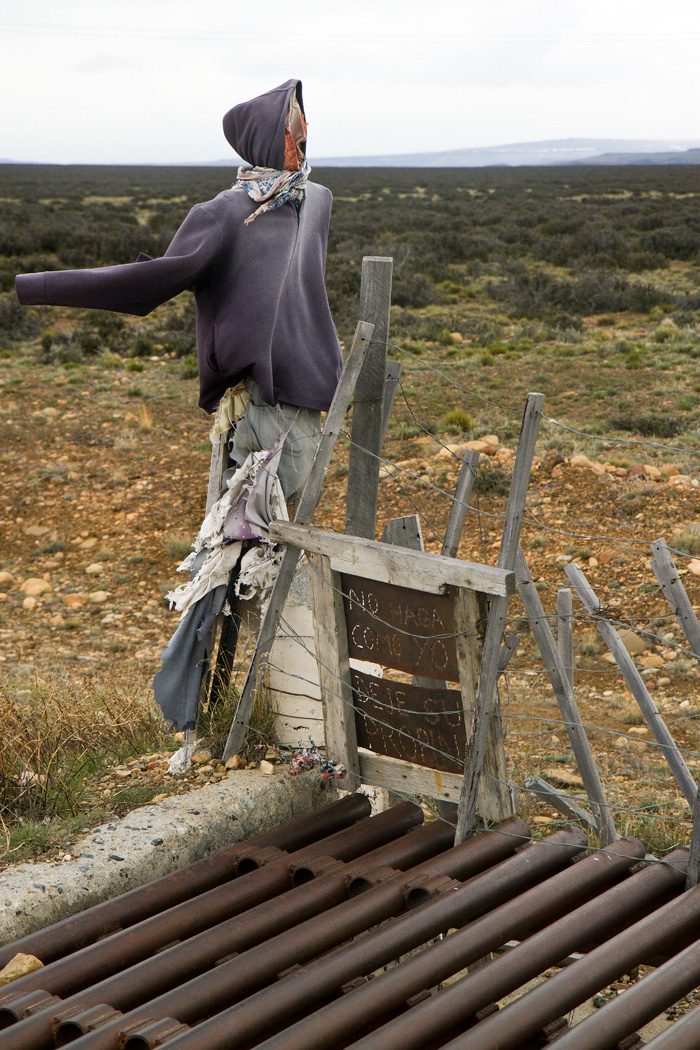
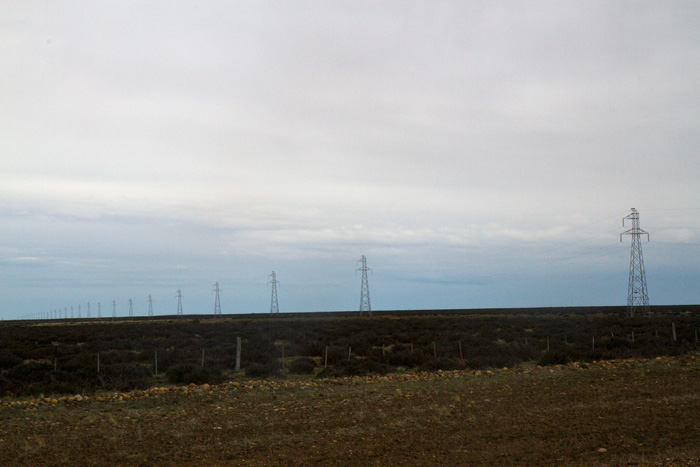
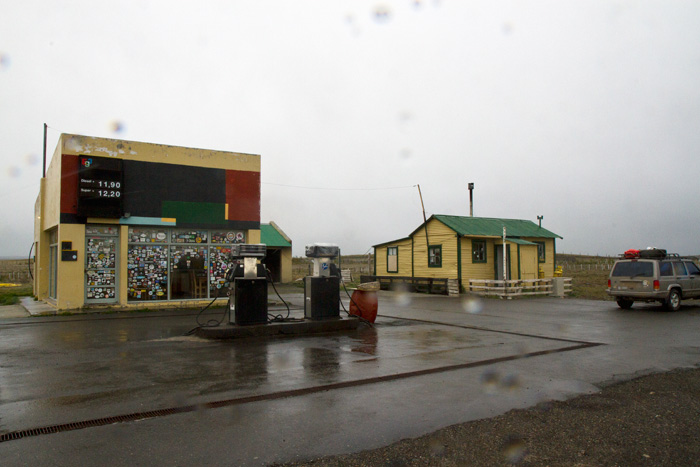
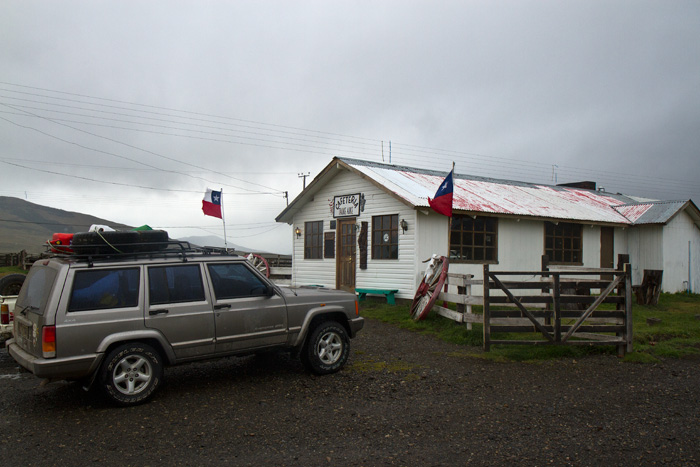
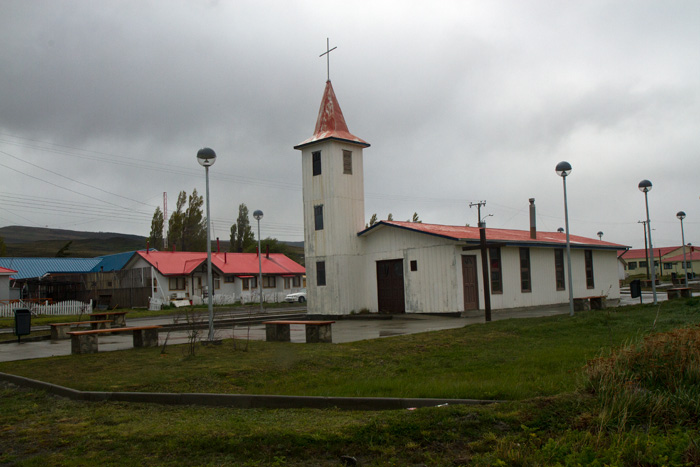
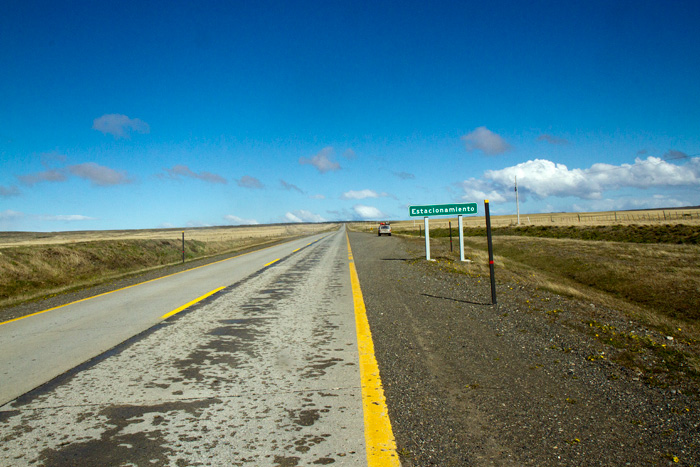
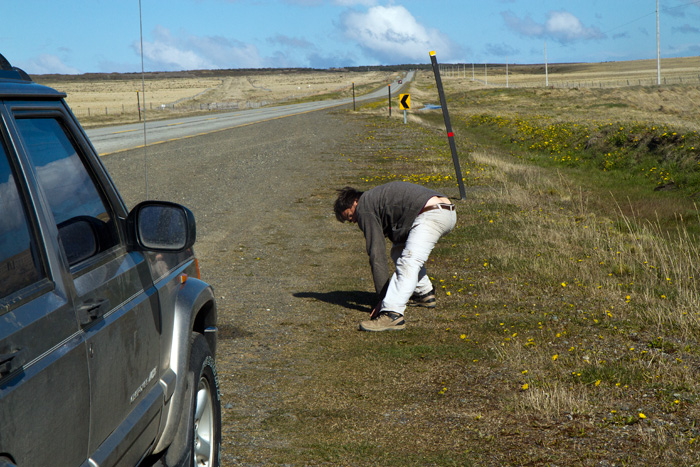
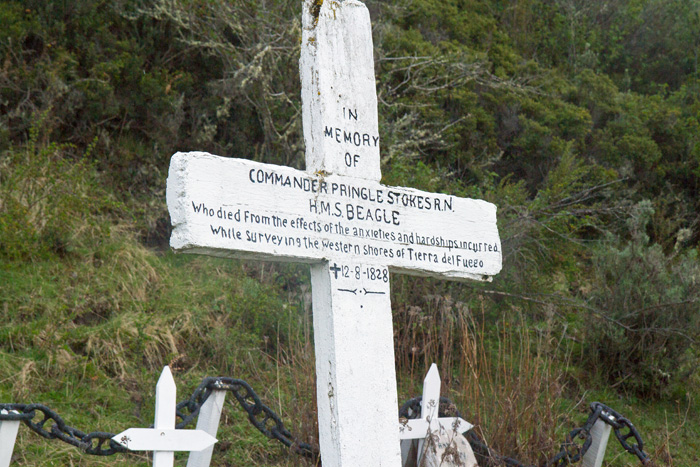
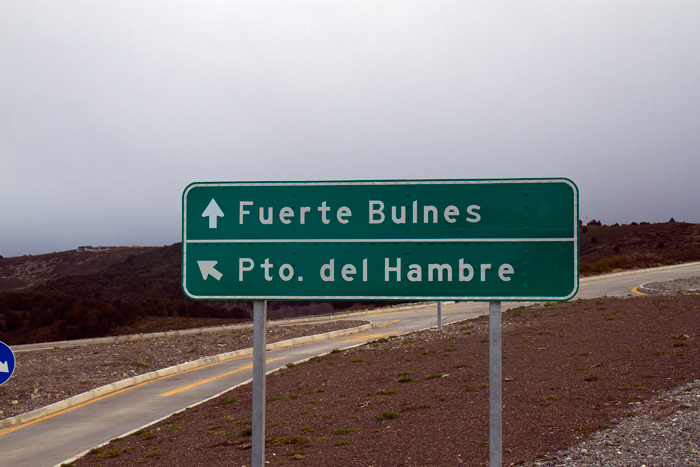
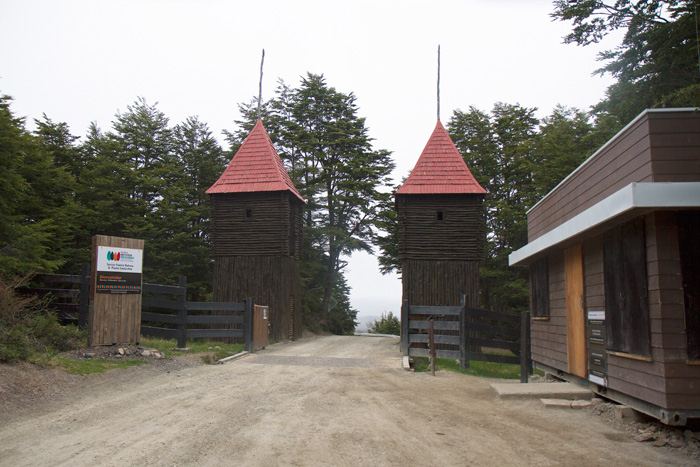
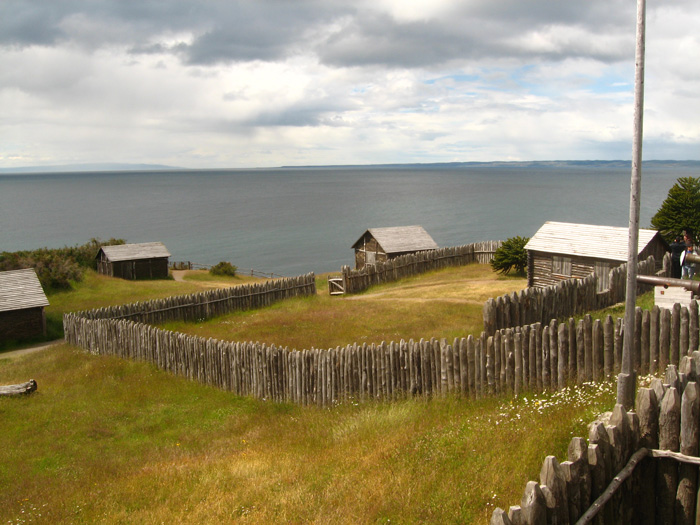
![Filling with petrol at the [closed] gates of Puerto Hambre](https://www.eayrs.com/blog/wp-content/uploads/2014/11/MG_6452-fuel-at-Puerto-hambre.jpg)
